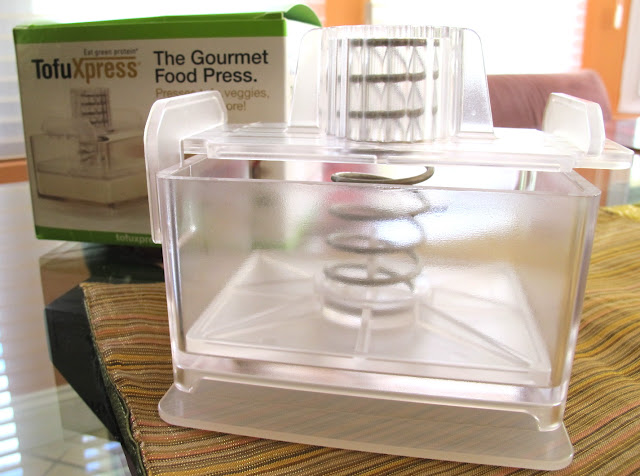East Europe. Being that potatoes was the main crop, potatoes were used and then fried in oil, symbolic of the oil from the Hanukkah story that kept the Second Temple of ancient Israel lit with a long-lasting flame that is celebrated as a miracle.
The word "latke" itself is derived (via Yiddish) from the Russian/Ukrainian word meaning "patch." I suppose that the latke is patched together with some flour and eggs, and that may be how the name was derived. I love the Yiddish language... somehow the words they come up with sound so slapstick.
On the last week of the CSA I belong to, the farm delivered sweet potatoes. Although the word potato is in sweet potato, it originated in Central America, no where near Europe. Although it is believe that Christopher Columbus brought sweet potatoes to Europe. In any event, now that you got a little culinary history, I thought of making latkes with these and spicing it up with some curry. After all... I am a Mizrachi (Eastern Jew) Jew and I have to add my own personality to these. I also like the fact that eating something orange, that almost looks like a flame, illustrates the "Festival of Lights" with savory, aromatic and melt in your mouth deliciousness.
I made a batch of these for a Chanukah party I was invited to, and it's a good thing I took these photos before I took them, because they were gone within 5 minutes flat. That's how good they are. This recipe is inspired from Joan Nathan's Jewish Cooking in America.
Curried Sweet Potato Latkes
Makes 16 pancakes
Ingredients
1 pound sweet potatoes, peeled (3 medium sized sweet potatoes)
1/2 cup All-Purpose Gluten Free flour
3 teaspoons brown sugar
2 teaspoons curry powder
1 teaspoon baking soda
1 teaspoon ground cumin powder
1/2 teaspoon freshly ground black pepper
1/2 teaspoon sea salt
2 large eggs, beaten
1/2 cup Rice milk or soy milk
Light olive oil, for frying
 |
| grated sweet potatoes |
 | ||||||
| flour, sugar, baking soda, salt and spices |
 |
| Dollop of batter to form latkes in olive oil |
Directions
- Grate the sweet potatoes in a food processor fitted with a grating disc.
- In a separate bowl, mix the flour, sugar, baking powder and spices.
- Add the beaten eggs and rice milk to the dry ingredients to make a batter. Add in the grated potatoes and mix. The batter should be moist, but not runny. If it is, then add a little flour.
- Heat a thin layer of oil in a large skillet. Drop a tablespoon of mixture to form the latkes. Fry for about 2-3 minutes on each side. They should form a golden crust on the outside and be moist on the inside.

































